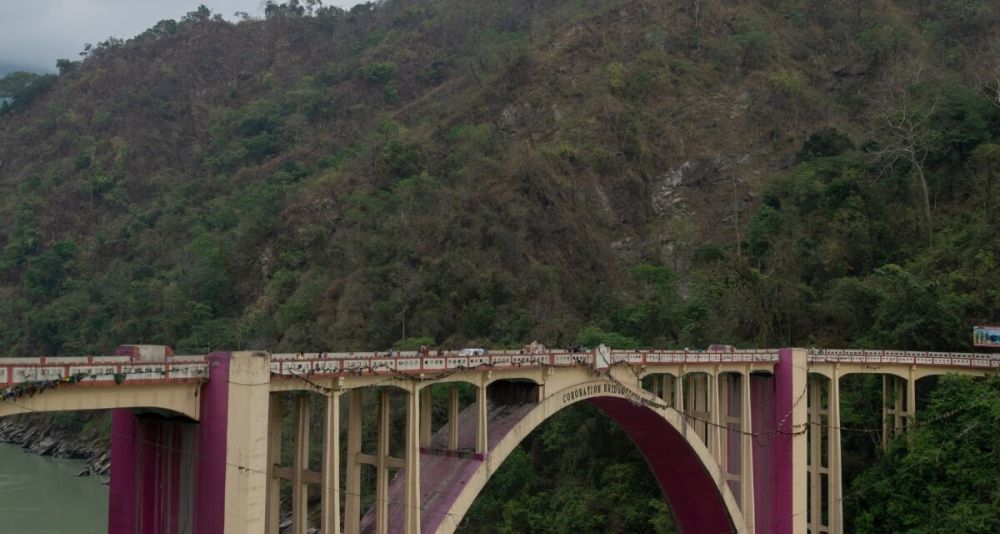

Siliguri has positioned itself as a significant pit stop for travelers aiming to explore the northeastern states of India, as well as the neighboring countries of Bhutan, Nepal, and Bangladesh. Its inception as a tourist destination can be traced back to the colonial era when Siliguri started serving as a transit point for British officials traveling to the hill stations of Darjeeling and Kalimpong.
With the establishment of the Darjeeling Himalayan Railway in 1881, a UNESCO World Heritage site popularly known as the 'Toy Train', Siliguri witnessed a surge in tourist inflow. This quaint hill railway connected Siliguri to Darjeeling, enhancing its reputation as the gateway to the eastern Himalayas.
Post-independence, the growth of tea estates in and around Siliguri also drew visitors from around the world. They came to experience the lush tea gardens and relish the flavors of Darjeeling tea. The subtropical forest base of the area further attracted wildlife enthusiasts and nature lovers, thereby diversifying the tourism portfolio of Siliguri.
Salugara Monastery: A revered spot showcasing the vibrant spirituality of Buddhism with a 100-foot stupa known as "The Great International Tashi Gomang Stupa" founded by Kalu Rinpoche, a Tibetan Lama.
Siliguri Coronation Bridge: This architectural marvel, also known as the Sevoke Bridge, represents a significant historical landmark built in 1930 and spans across the Teesta River.
The North Bengal Science Centre: It is a significant educational landmark where science meets fun, aiming to ignite curiosity among visitors.
ISKCON Temple: A serene sanctuary that attracts those seeking spiritual solace.
Madhuban Park: A picturesque park located near the army cantonment area, perfect for a leisurely stroll or picnic.
In recent years, Siliguri has expanded its tourist services with the rise of shopping malls and plazas, catering to a new breed of visitors. It serves as the perfect stop to acclimate before venturing into the Himalayas or the dense forests of Dooars.
Eco-Tourism is becoming an important trend, where resorts and travel companies emphasize on sustainable travel experiences
There's also been a growth in Adventure Tourism, with tourists seeking activities like river rafting in the Teesta, trekking, and mountain biking. Such offerings are becoming increasingly popular among the younger demographics.
In the context of the latest global events, there has been an increase in health and wellness tourism with visitors looking for yoga retreats and holistic wellness experiences that the Himalayan foothills are well-suited to provide.
Cultural Festivals such as the Teesta Tea & Tourism Fest and the International Flower Show have been instituted to celebrate the region's diverse flora, fauna, and culinary delights, attracting enthusiasts from around the globe.
Siliguri enjoys excellent connectivity which has substantially bolstered its tourism prospects. It is effectively linked by air through the Bagdogra Airport, by rail with the New Jalpaiguri (NJP) Railway Station, and by road with the National Highway 10 passing through it. This ease of accessibility has been a key to its tourism growth story.
Moreover, the strategic development of infrastructure in terms of better roads and tourist facilities has catered to a smooth travel experience, enhancing Siliguri's appeal as a must-visit transit hub in the hearts of travelers.
In conclusion, Siliguri has undergone a remarkable transformation from a simple transit town to a burgeoning hub for tourism with its unique offerings that combine nature, culture, and adventure. It remains a destination with untapped potential, inviting the curious and the adventurous to explore its many charms.